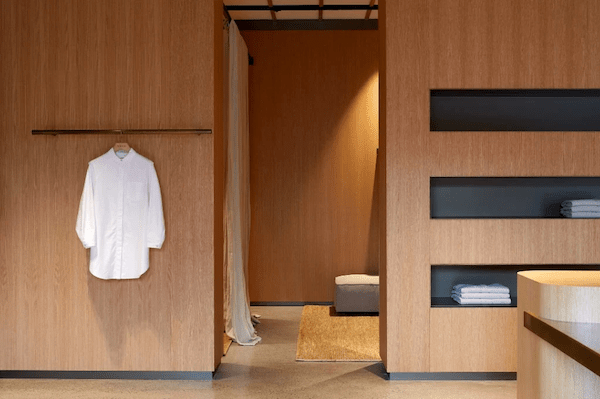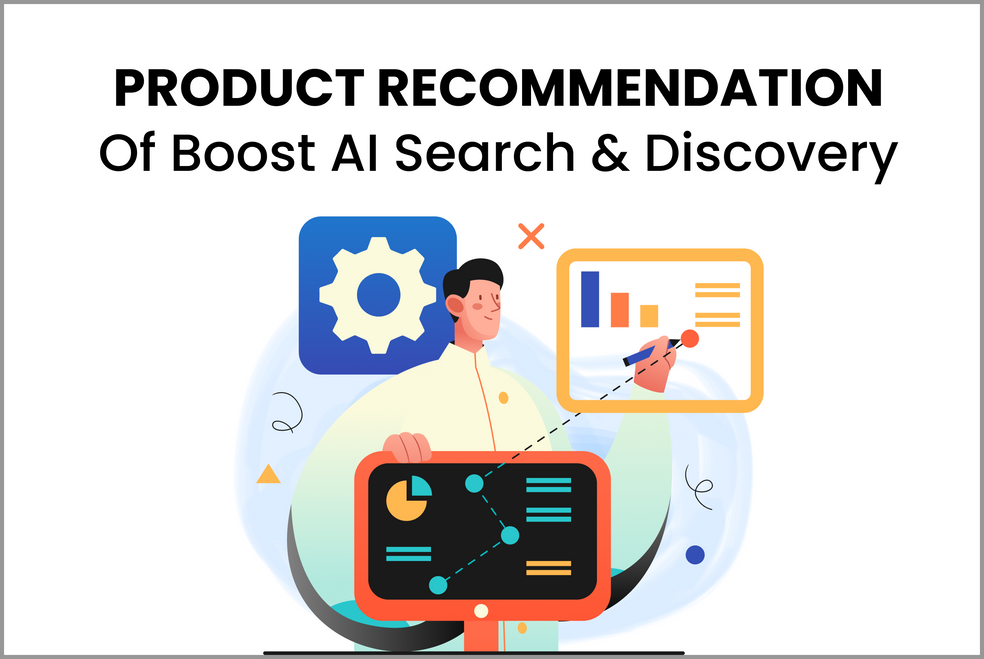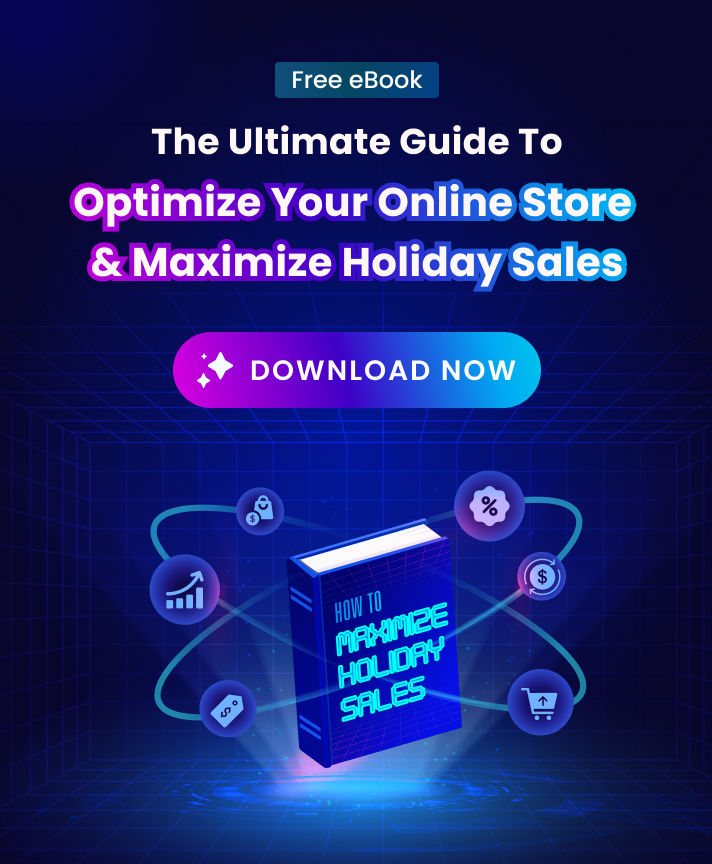Table of Contents
What is merchandising in retail?
Displaying and selling things to clients is known as merchandising. Retail stores, both online and in person, use merchandising to influence buyers’ decisions and meet sales goals.
Offline and online retailers utilize merchandisers to set up products, highlight their worth, and provide customers with the greatest shopping experience. Numerous disciplines fall under the category of merchandise and different kinds of products. These include, but are not limited to:
- Product Merchandising
- Retail Merchandising
- Visual Merchandising
- Digital Merchandising
- Omnichannel merchandising
What is eCommerce merchandising?
eCommerce merchandising is how products are arranged and displayed in an online store.
This image from the sportswear company Outdoor Voices is a wonderful illustration of how eCommerce merchandise works. Every product has a name, a short description, and photos demonstrating how the garment fits and falls on the body.
Each product also lists the various color options. The website’s navigation and search bar are prominent and simple to discover, and the page’s design is simple, with lots of white space, allowing the products to shine out. The brand’s overall eCommerce merchandise strategy includes each of these components.



Why merchandising is important for your Shopify store?
Some small business owners think the cost is well worth it and hire visual merchandisers to come in and update their displays and sales floors. But merchandise is more than just moving things around. It also includes space planning and putting products on display. Effective marketing produces:
- Greater sales
- Quicker inventory turnover
- Customers who linger in the shop longer
- More contented clients
- Increased devotion from clients
Customers who often look for a certain item in a store are more likely to shop at stores that have it on display or neatly put away.
Examples of eCommerce merchandising
1. Kow Tow
A good example is Kowtow, a sustainable seed-to-garment business. Kowtow offers apparel made entirely of organic cotton that is Fairtrade certified.



In stark contrast to what you may anticipate from a clothing business, Kowtow outlets are very different. Instead of fully stocked racks and shelves, you can see bare walls, modest stacks of clothing, and articles hung one at a time or in tiny groups.
This clothing store gives a different meaning to the simple layout of a store, like an Apple store. The retail exhibit is the perfect way for Kowtow to get people to buy things that are good for the environment and further its goal of protecting the environment.
2. Poly and Bark



Poly and Bark provides detailed specifications in their online store so customers can more easily visualize whether they will fit into their small houses. The company also gives you a personalized experience by giving you suggestions for products that are similar to the one you are looking at.
How is eCommerce merchandising different from traditional visual merchandising?
The main focus of both traditional visual merchandising and online visual merchandising is how products are presented to customers to influence their purchasing decisions. They use distinct approaches because one occurs online and the other in person.
Visual Merchandising
When shopping in person, consumers rely on their senses, specifically what they can see, feel, hear, and even smell. (Abercrombie & Fitch stores used to emit a distinct aroma.)
The four walls of a store are where brick-and-mortar merchandisers bring their brands to life. Beautiful displays can excite people about the products and allow them to touch them. The knowledge of store staff is most vital for customers to rely on.
According to Deloitte, a knowledgeable store assistant enhances customers’ likelihood of purchasing, which found that 48% of shoppers feel this way. Personalization is determined by a specific person, such as a store associate, rather than by user data.
The presentation of products is customized by visual merchandising, using some of the same components as virtual merchandising. Customers can more easily recognize traditional retailers by developing a brand identity.
Also, whether or not a customer has been to a physical store before, groupings of products make it easier for them to get around. But important parts, like personalization through data-based product suggestions, can’t be done in a physical store.
eCommerce merchandising
Personalization is the key to successful eCommerce marketing: 91% of consumers, according to a study by Accenture, think they are more likely to make purchases from companies that remember them, recognize them, and make tailored offers and suggestions.
Because of the volume of user data that online retailers have access to, stores can follow client movements around their website and utilize those insights to create a buying experience that is tailored to specific customers because of the volume of user data that online retailers have access to.
Both eCommerce merchandising and traditional visual merchandising are all about how products are displayed to customers to influence their purchasing decisions. But given that one happens online and one happens in real life, they rely on different strategies.
Best practices to optimize eCommerce merchandising
It takes more than just copying in-store merchandise to have a successful e-commerce strategy. Instead, e-commerce sites should utilize the following technologies to get the most out of their platform:
1. Optimizing for mobile devices
Every week, one-third of American internet users make a mobile online purchase. So, having a mobile-friendly online store or a dedicated eCommerce app is important.
Utilize your category pages effectively to maintain a clean, easy-to-navigate website. Monitor the speed of your website as well: Google claims that even a one-second increase in site speed can boost mobile conversions by 27%.
2. Utilize autocomplete to improve search results
Autocomplete or predictive search gives online shoppers a relevant choice as they type in the search box. In other words, if you started typing “toner” on a website like Sephora, the search results would autocomplete the word, suggest further terms like “toners” and “toner spray,” and even display some of the most well-liked toners in store.
With the right predictive search tool, eCommerce sites can point shoppers in the right direction, suggest products, and even fix misspelled words and characters that were left out. This results in increased conversion rates and client satisfaction.
3. Personalization
Personalization is important in online retail, as was already mentioned.
- Use product suggestions to direct online buyers along their purchasing journeys.
- Use a grouping of similar, elementary, and more matching items; you immediately propose one or more things together.
- Use retargeting instead, which is a type of paid advertising that lets you show ads to people who have visited your website on different platforms and websites.
4. Create an interactive homepage
Sincerity necessitates that your website is lively and engaging. This will help to lower bounce rates and encourage visitors to look around the website. So what factors should business owners and marketers consider when designing a homepage?
- Visible search bar and search icon
- Featuring collections and products
- Adding call-to-action buttons
- Adding social proof, user review
















